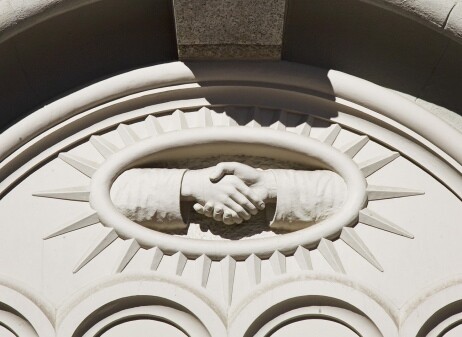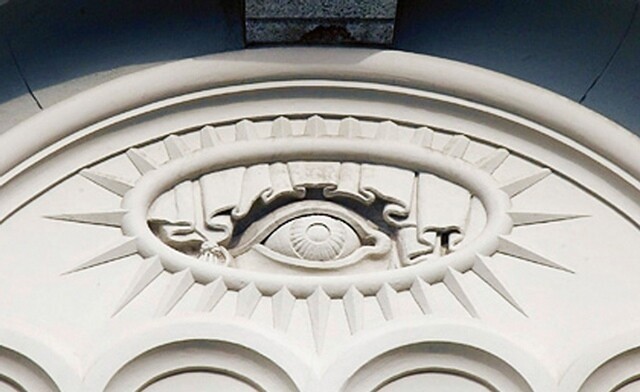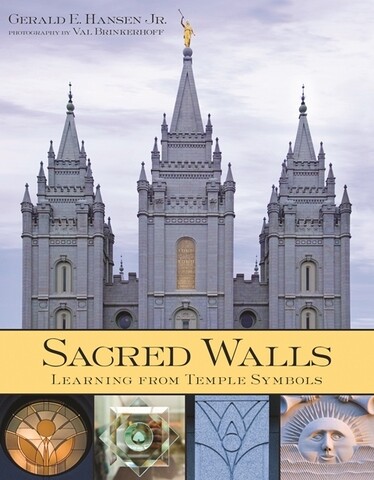The symbols in the temple are left to our own interpretation, with help from the Spirit. But occasionally there are special symbols incorporated into the exterior design of each edifice that have traditional, historical meaning— symbols that, once understood, can enhance our spiritual experience during our temple visits. Here are just a few on the Salt Lake Temple. All images unless otherwise indicated courtesy of Val Brinkerhoff.
In the 40 years it took to build the Salt Lake Temple, stonemasons and builders didn’t just spend weeks and years making a structure to house sacred symbols and ordinances—they also spent time creating and incorporating significant spiritual symbols on the outside of the temple. Many are similar to those found such as the changing phases of the moon, but a few are distinctive to Salt Lake. Here are just of few to keep an eye out for.
Handclasp
The handclasp symbolizes the hand of fellowship (see Galatians 2:9). It also represents the equality each of us enjoys in our relationships within the gospel and symbolizes the act of entering into covenants with God.
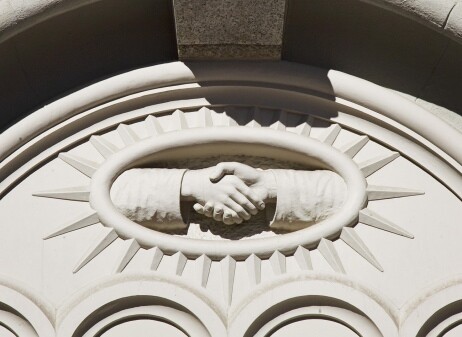
► You'll also like: 4 Symbols to Watch for the Next Time You're Outside a Temple
All-Seeing Eye
The all-seeing eye is a symbol of God’s protection and omnipresence (see Psalm 33:18 and Proverbs 15:3).
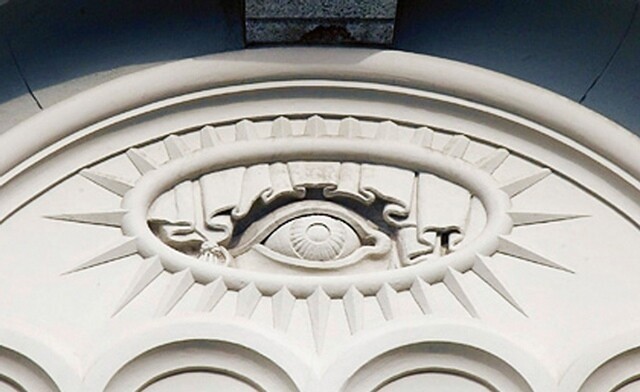
Cloud Stone
Bookending a set of stars on the east central tower, these cloud stones symbolize a number of things, from the light from God that came with the Restoration to the revelation that comes in the temple (see D&C 121:33). They can also represent the presence of God as described in the Old and New Testaments (See 1 Kings 8:10–11; Matthew 17:5).

► You'll also like: Why There Are Sun, Moon, and Star Symbols on Temples (+ Their Deeper Meaning)
Towers and Spires
Not all symbols on the Salt Lake Temple are pictures. The three higher eastern towers represent the First Presidency and the western towers the Presiding Bishopric, or presidency of the Aaronic Priesthood. Each tower has 12 spires—a number that represents priesthood—to draw our
attention toward heaven.

Acanthus Buds
Atop the small spires of the Salt Lake Temple are what are believed to be acanthus buds. Acanthus was historically used as a motif in cemeteries and represents enduring life, or resurrection and immortality.
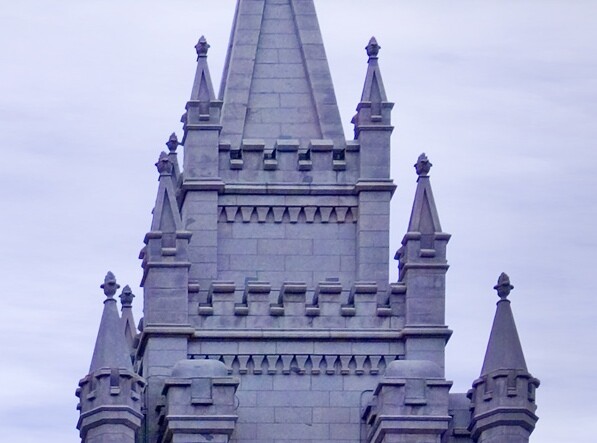
For a more in-depth look at how these outward symbols relate to the inward ordinances of the temple, check out Sacred Walls: Learning from Temple Symbols, available at Deseret Book stores and deseretbook.com. You can also read more in the January/February issue of LDS Living.
